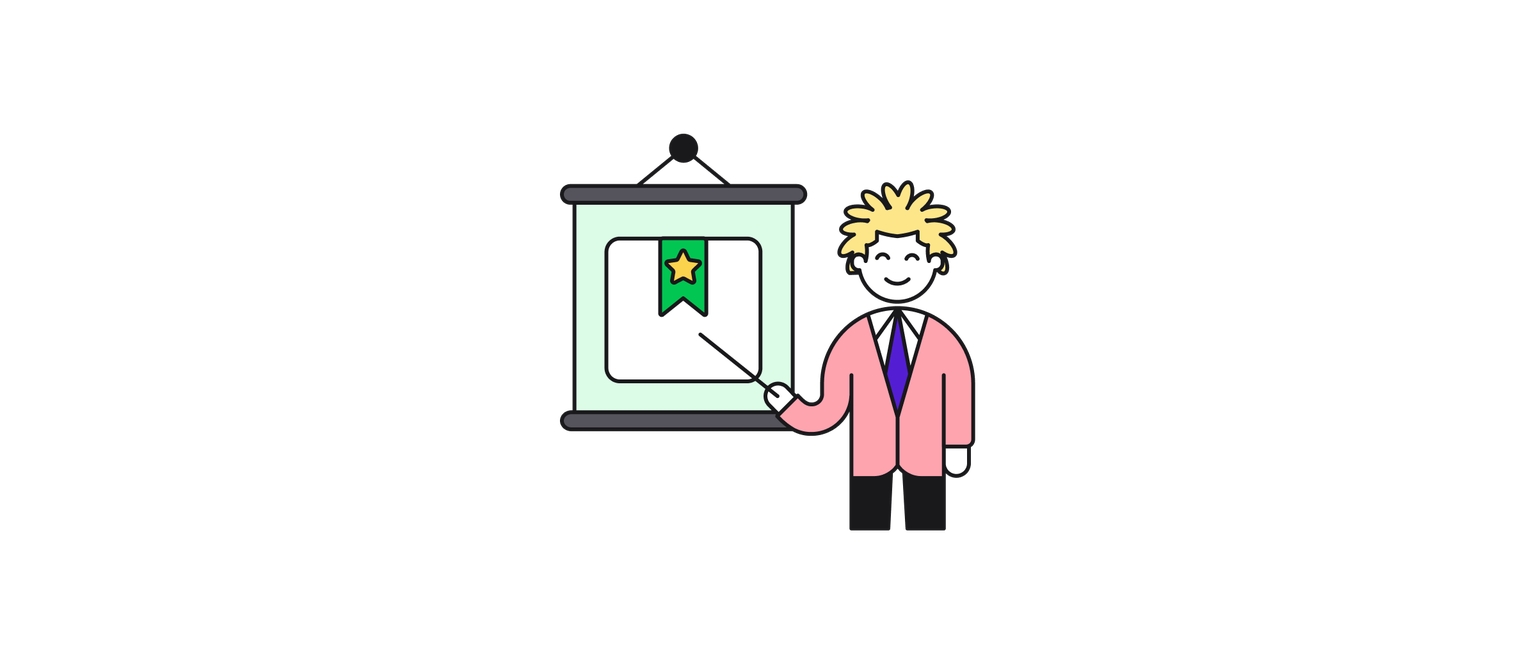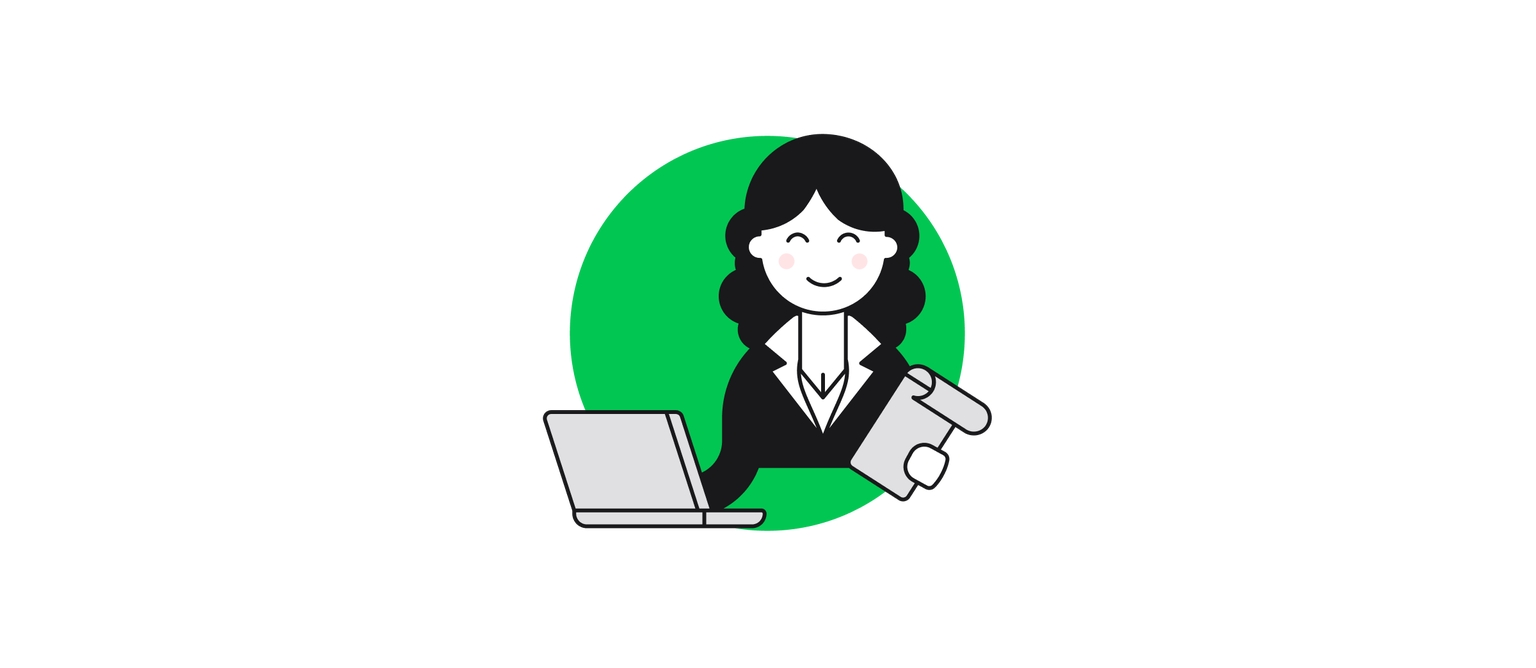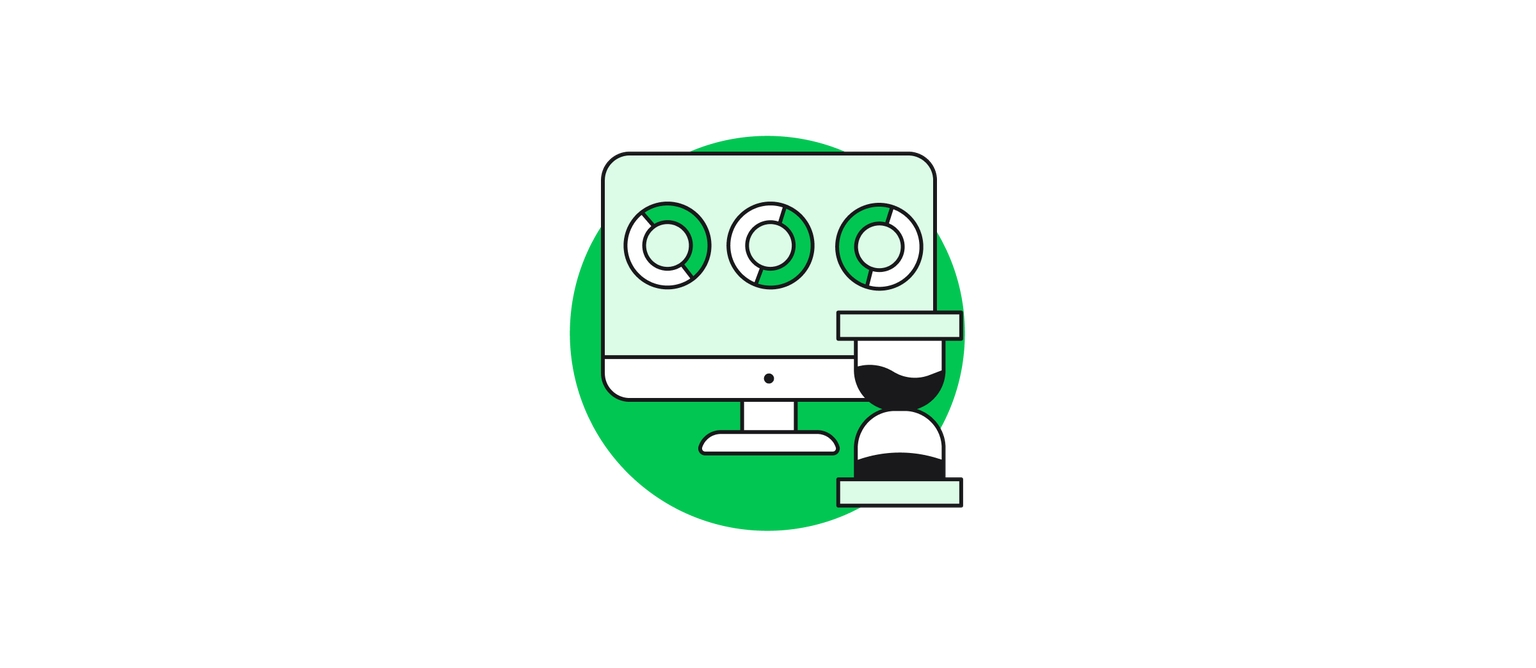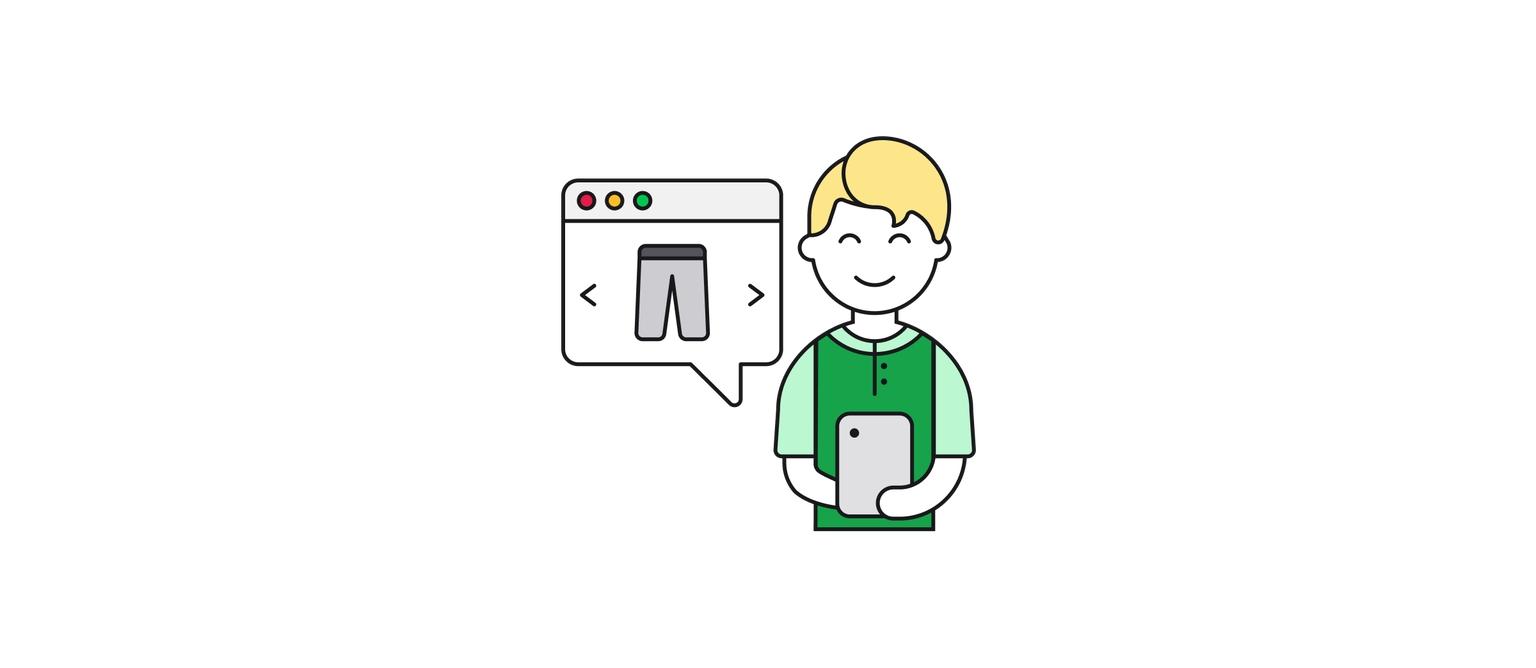Headless commerce, also known as "decoupled commerce," is a relatively new approach to eCommerce that has been gaining popularity in recent years.
This allows for greater flexibility and customization of the customer experience, as well as improved scalability and performance.
One of the main benefits of headless commerce is that it allows businesses to create a more personalized and engaging customer experience. With headless commerce, the frontend can be completely decoupled from the backend, allowing businesses to make changes and updates to the customer-facing part of the website without having to worry about the technical details of the backend.
Let's learn more about other benefits of headless commerce strategy.
What are the main benefits of the headless commerce approach?
Embracing the headless approach has plenty of advantages. Let’s delve into the main benefits of headless technology as reported by those who have already implemented headless commerce solutions.
Brief summary of the headless commerce benefits for busy people:

The flexibility of a start-up. Adding new features or testing new services is usually free of the risks of interfering with the whole system.
Lightning-fast web performance. Choosing modern, JS frameworks to build frontend layers allows you to significantly improve performance and deliver a better user experience (UX).
Reduced time-to-market for new features. With a headless strategy, you are able to quickly introduce changes to the frontend and roll out new features in days, not months.
Freedom to choose best-of-breed eCommerce solutions. API-first architecture allows merchants to cherry-pick the best services in their niches and customize their eCommerce system to make it exactly what they need it to be.
Unlimited UX/UI control for better User Experience. Decoupling units enables simplified operations for developers at the frontend without affecting the backend unties merchants’ hands when it comes to marketing and UX.
Omnichannel retail possibilities. Changes in the visual layer do not affect the backend layer, and - thanks to headless CMS - personalized content can be spread over multiple touchpoints from one single source.
Personalized customer experience. Personalized and unique offers, promotions and recommendations better adjusted to the customer needs encourage them to make a purchase.
System scalability. Headless commerce future-proofs the system as continuous iteration and innovation are secured.
Lower IT costs. Developer teams can work separately without jeopardizing the whole system. They can test, develop, and fix bugs independently without waiting for another team to finish their tasks.
Easy frontend customization. Headless commerce gives businesses more freedom to customize the presentation layer without meddling with the backend.
Increase in conversion rates. A headless approach enables marketers to work on conversion rate optimization as they are finally independent from developer teams to introduce changes to the frontend.
Effortless integrations. Headless solutions build their own integrations, so you don't need to. It means plenty of time and resources saved on development.
ROI benefits reported by Alokai customers:
+130% increase in mobile revenue and mobile conversion rates
+630% monthly traffic from organic search
+54% faster page load time
+350% active monthly users
Savings: up to 5,000 development hours and 8 months of development time ($400-500k) with ready architecture, components, integration APIs with 3rd party apps, cloud platform with Monitoring & Analytics
Now let's dig into a more detailed description of the main headless commerce benefits.
The flexibility of a start-up

Ever-changing customer habits make the eCommerce market highly competitive. Sellers must be agile and flexible enough to implement modern solutions and quickly meet trends and customer expectations. Otherwise, they risk losing user loyalty and creating a negative user experience.
However, it is highly challenging to deliver a great user experience with tightly connected elements of monolithic systems. Since the frontend and the backend are coupled, developers have to interfere with the underlying database code when introducing changes to the frontend to adjust it to the new brand identity or marketing goals. This means no flexibility at all.
Changing the User Interface (UI) or moving to modern frameworks that promise better web performance can be risky. Updates made in legacy systems need to be thoroughly tested to ensure that nothing goes wrong because one single mistake can cause the whole system to collapse.
Headless architecture solves this problem and enables the delivery of solutions ahead of market needs! One of the most significant advantages of headless commerce is that adding new features or testing new services is usually free of the risks of interfering with the whole system. This way, marketers can introduce changes to the frontend layer without help from developers.
Lightning-fast web performance

The market continues to put pressure on web performance and SEO. Still, almost all eCommerce websites fail the notorious Google Core Web Vitals update. Why is that?
Robust all-in-one eCommerce solutions offer many excellent features. However, built as one extra-large unit with a frontend tightly coupled to and dependent upon the backend, they can be very slow.
Out-of-the-box features need lots of coding – and the more code, the longer it takes to process. This means that when you need to speed up to meet customer expectations, your legacy technology is slowing you down. On the business side, slow page loads kill SEO, cause slow mobile experiences, and decrease conversion.
On the other hand, headless architecture doesn't require so much default code since it is based on a decoupled frontend integrated with a CMS via API. As a result, an online store built upon a headless stack runs significantly faster. And better web performance means a higher Core Web Vitals score, better SEO results, and higher conversion.
Reduced time-to-market for new features

Another perk of headless commerce is that adding new features to an eCommerce store (like Click-and-Collect) is accomplished much faster than in the case of monolithic systems.
Thanks to the decoupled backend and frontend layers, developers can easily add, test and remove various features and third-party solutions without impacting the whole stack. This means they can develop, deploy and scale different services at different speeds without interfering with each other's work. Every bug can be fixed independently, and the work goes smoothly.
Thanks to headless architecture, the time-to-market of a new application or feature is much shorter, making the entire business more flexible.
Freedom to choose best-of-breed eCommerce solutions

At first, the all-in-one approach of monolithic software seemed to be both a reasonable and comfortable choice for eCommerce businesses. With all the out-of-the-box features close at hand, there was no need to search for additional solutions. Everything was simple to develop, test, and implement.
The problems occurred when companies started to grow, and the dependency on one IT provider revealed a significant drawback. The default monolithic features turned out to block or significantly slow down growth.
Growing customer expectations for fast page loads, new features, and the best UX caused eCommerce to change its course and join the headless wave, which allows for choosing the best solutions available on the market.
Thanks to the API-first approach, headless solutions give the freedom to build an eCommerce stack with best-of-breed solutions: eCommerce platform, headless CMS, 3rd party solutions (payment, search, loyalty programs), and legacy platforms.
At the same time, the headless approach allows users to freely plug and unplug individual solutions and exchange them if needed.
Unlimited UX/UI control

Since the general idea of headless commerce is dividing the backend from the frontend, it gives space for both better user experiences and experimentation. In the case of monolithic legacy systems, the eCommerce business is limited to the capabilities to create a design on the fly. However, by joining the headless movement, they can assemble more future-proof systems that don't force them to reimplement entire units with every revamp of UX design.
With headless architecture, Product Designers and Frontend Developers have much more freedom to roll out new marketing features and UX/UI changes on the frontend without disrupting the customer experience and platform stability.
They can implement advanced tools to create visually pleasing user interfaces, omnichannel and high-performing web experiences. Also, designers can create various template options that can be later integrated with CMS. This gives the content team the ability to make changes without IT teams being involved at all.
Another advantage of headless commerce is that merchants can freely launch a new product line, an associated brand, or a new touchpoint addressing a different audience — all within days, not months, and with consistent UX across all touchpoints and devices.
Omnichannel retail possibilities and improved shopping experience

Nowadays, omnichannel is a critical success factor for eCommerce businesses. To secure a solid base for their future growth, sellers must address the customer expectations of omnichannel buyer journeys.
However, as it requires flexibility both on the organizational and tech levels, delivering an omnichannel experience turns out to be a challenge, especially in the case of monolithic systems. Marketers using legacy solutions are forced to manage changes and updates separately on different devices. Headless commerce, on the other hand, can help with facing that potential blocker.
Again, eCommerce stores built on a headless stack can profit from decoupled frontend and backend parts of the system as no changes introduced in the visual layer will affect the system integrity.
The next significant advantage of the headless approach in terms of omnichannel is that personalized content added in one single source can be displayed on multiple touchpoints.
What's more, thanks to a headless CMS and the API-based connection to the backend, content can be served not only on one default channel but over a whole variety of electronic tools: desktops, smartphones, wearable devices, and other "smart" tools.
With a headless CMS, it's possible to provide omnichannel experiences with no coding. Thanks to this, marketers can adapt content for specific channels and devices to deliver the best UX. And the better UX, the higher chance of a conversion.
System scalability

Limited possibilities to scale an eCommerce business is a common pain point for monolithic system users. With obstacles to expanding to the new markets, introducing new brands, or developing new product segments, their business simply slows down.
This is the most common pain point vendors seek to solve with a headless approach.
When an eCommerce business is growing, it needs a tech stack that will quickly grow with it and allow for changes on the go. This is exactly what headless commerce has to offer.
Headless commerce future-proofs the system by securing the possibility of continuous iteration and innovation. eCommerce platform can work freely with any headless frontend and third-party solutions, preventing delays because of the number of deploys needed in a legacy system.
With Alokai, you are additionally provided a multi-store experience:
- one backend can be set up with many frontends
- each of the many frontends can be aligned to the specific market's needs: different products, differences in the category tree, multiple currencies, other shipping methods, various payment methods, different address validation rules, etc.)
Lower IT costs

Before applying the headless approach, a monolithic architecture involved operating with many different eCommerce layers simultaneously. Nowadays, the decentralized headless architecture splits the process of engaging the entire dev team, which helps to reduce IT costs.
With a headless stack, developer teams can work separately without jeopardizing the whole system. They can test, develop, and fix bugs independently without waiting for another team to finish their tasks.
What's more, changes to the frontend layer, like adding content, can happen without the developer's help, as marketers are capable of introducing modifications on their own.
Last but not least, headless solutions provide pre-built integrations, which save up plenty of development hours. As a frontend platform for headless commerce, Alokai has more than 30 out-of-the-box integrations with best-of-breed eCommerce solutions, and the number is growing.
Increase in conversion rates
A headless approach enables marketers to work on conversion rate optimization as they are finally independent from developer teams to introduce changes to the frontend. Thanks to the headless approach, they are free to test out new features, change copy and work on the UX to provide a seamless customer journey.
Headless solutions prioritize customer experience, which happens on the frontend of your website. That's why high quality, fast and mobile-first storefront is crucial to delivering an amazing customer experience leading to increased conversion rates and revenue.
Easy frontend customization
Legacy monolith solutions featuring all-in-one platforms were designed to control the system completely. However, they didn't predict that in modern eCommerce, control should go hand-in-hand with customization and flexibility.
Since in the headless approach, the frontend and the backend are separated, there are no more interdependencies between these two layers. This gives businesses more freedom for customizing the frontend without meddling with the backend.
Effortless integrations
Headless commerce is based on the API-first approach, which gives you the following benefits:
• Flexibility to choose your best-in-breed eCommerce solutions (microservices) tailored to your business needs.
• Seamless connections and data transfers between different software pieces.
To connect individual headless solutions, your team would normally develop your own integrations. Fortunately, with headless commerce solutions like Alokai, there is no need to do so, as there are over 30 out-of-the-box integrations ready to use.
Choose your eCommerce platform, headless CMS and other 3rd party tools to create an ultimate tech stack to empower your eCommerce.
Headless commerce and its benefits to shoppers

The advantages of headless commerce go beyond your business numbers and new scale-up opportunities. They don’t only reinforce your eCommerce to grow but they also bring actual advantages to your clients. What are the main benefits of headless technology to shoppers?
Here a few examples:
- True omnichannel experience
A consistent and smooth shopping experience across multiple touchpoints and devices enables shoppers to make a purchase at any time, any device, and any medium.
- Personalized customer experience
Personalized and unique offers, promotions and recommendations better adjusted to their needs encourage your customers to make a purchase.
- Features addressing customer needs
Customer needs are constantly evolving. With a headless strategy, you are able to quickly introduce changes to the frontend and roll out new features (like Click-and-Collect) in days, not months.
- Better user experience
Fast page loads, good web performance, true omnichannel experience and highly personalized customer experience improve the user experience and make you stand out from the competitive eCommerce crowd.
Headless commerce cons
Let’s check on the possible cons of the headless commerce approach. Is there any good reason to stop you from making the change?
Breaking the status quo
Ditching the old good monolith legacy system and embracing the change to headless commerce needs business courage. It’s not about potential problems of the re-platforming, it’s more about the fear of the unknown.
Breaking the status quo might take time but the aforementioned benefits of headless commerce will make the decision-making process easier.
Read our guide migrating from monolithic to composable commerce to learn more.
Making choices is challenging
With all their limitations, the robust all-in-one monolith solutions require no additional decision-making. By choosing one system, you are all set.
On the other hand, in the case of headless commerce you need to decide on several individual solution providers, and making choices can be tough.
Fortunately, Solution Integrators help to decide on the headless CMS, eCommerce platform or payment provider that would best suit your business needs.
Headless commerce is not for everyone
The headless approach is probably not the best strategy for small eCommerce websites with low traffic and no plans for future expansion.
However, it is definitely the way to go for sellers who experience the pain of scaling and growing, and limited possibilities to meet the customer's expectations that block them from scaling up.
It is also an ideal proposal for those who want to operate on foreign markets and focus on content-driven marketing.
Wrapping up
The list of headless commerce advantages is long. The technology gives you the agility and flexibility to introduce changes on the frontend, and quickly answer ever-changing customer needs. It helps you to deliver a true omnichannel, personalized experience that in the end translates into a better competitive edge, higher conversions, and more happy customers.
As a Frontend as a Service for composable commerce, Alokai is the best starting point for your headless commerce journey.
Download the whitepaper to learn more!



















